Australia’s Failing Nature Law: How the EPBC Act Lets Deforestation Slip Through the Cracks
Last year, Greenpeace visited the RSPCA wildlife hospital in Queensland, where injured koalas, possums, kookaburras, and flying foxes were being treated. The hospital was overwhelmed, caring for three times the number of animals it was designed to handle. Many of these animals face lifelong suffering or must be euthanized. Why? Australia’s shocking deforestation rates are destroying the habitats these animals depend on.
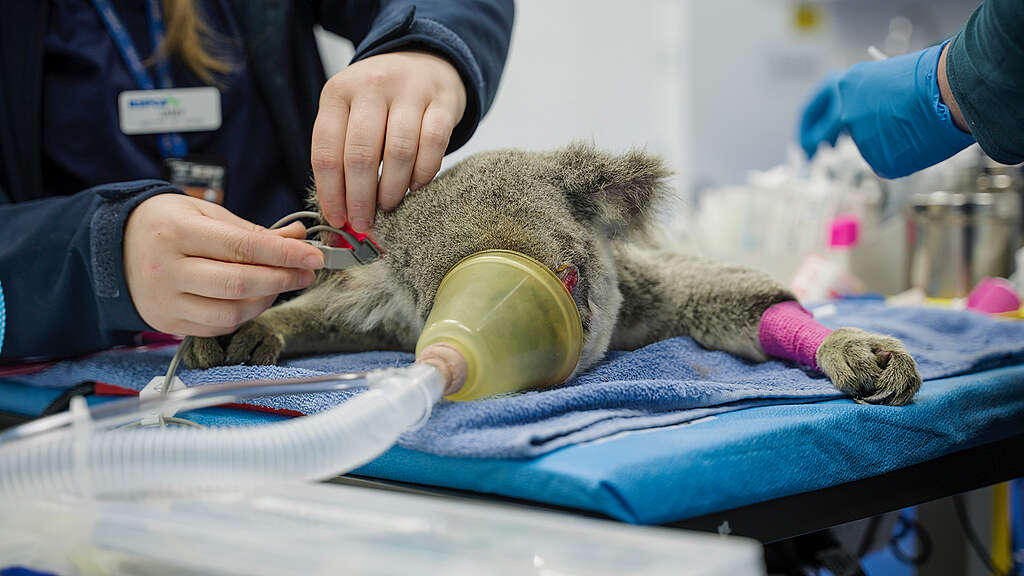
Australia, home to over 10% of the world’s species, is facing a mammal extinction crisis driven by habitat destruction. Despite its stunning biodiversity, including unique wildlife and forests, Australia has become a deforestation hotspot, alongside places like the Amazon. Over the past decade, an average of 545,000 hectares of forest and bushland has been cleared every year across Australia. This rate of destruction is unsustainable, and it is not just the quantity that’s concerning—it’s the fact that this is happening in areas that are crucial for the survival of many of Australia’s threatened species.
The Environmental Protection and Biodiversity Conservation (EPBC) Act, intended to protect ecosystems, is failing in its purpose—riddled with loopholes that allow large-scale deforestation, particularly for beef production and native forest logging.
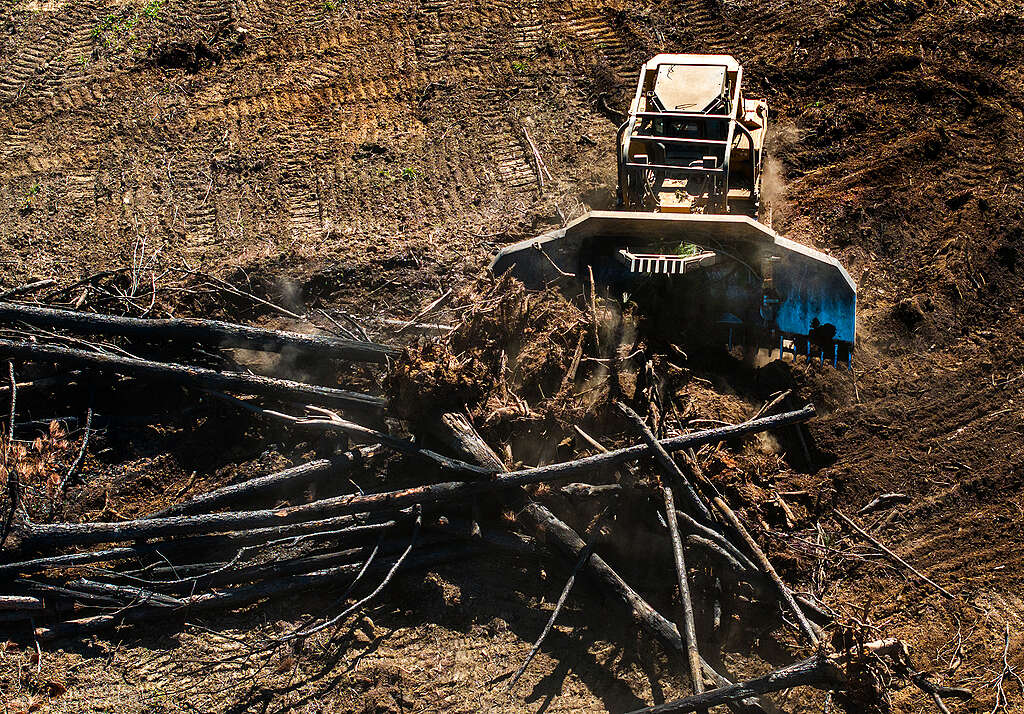
How the EPBC Act Is Supposed to Protect Nature
The EPBC Act was designed to protect Australia’s unique biodiversity by ensuring that any development likely to impact protected species or habitats undergoes a thorough federal assessment. However, in practice, ths system is failing, with few projects ever being subjected to necessary oversight. This has left critical ecosystems unprotected, leaving koalas, forests, and other species vulnerable to destruction.
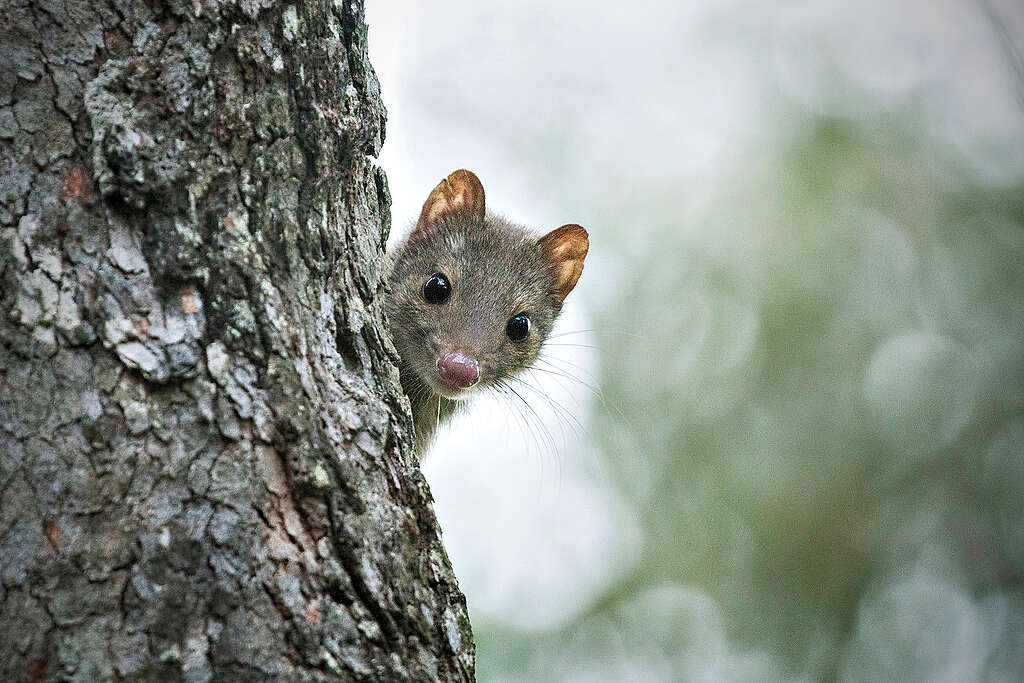
Under the EPBC Act, land clearing activities that could affect threatened species should be referred to the federal government for assessment. Yet, an alarming study by the University of Queensland revealed that 93% of habitat cleared since the Act’s implementation never went through this process. This is a clear signal that the law isn’t working.
Another Greenpeace commissioned study from 2024 found, in the state of Queensland, between 2016 and 2021, a staggering 95% of the 2.2 million hectares of deforestation was mapped by the Federal Government as areas where listed threatened species or ecological communities are “likely-to-occur”. The clear connection between deforestation and species loss in these critical areas cannot be ignored. Yet it is by our federal environmental laws.
Beef Production: A Key Driver of Deforestation
The agricultural sector, particularly beef production, is responsible for the lion’s share of deforestation in Australia, and it remains largely unregulated by the EPBC Act. Without meaningful reform, these sectors will continue to drive massive biodiversity loss.
From 2018 to 2022, 64% of deforestation in Queensland – the state with the highest rates of deforestation in Australia – was linked to beef production, bulldozing over 1 million hectares of forest and bushland.
However, deforestation in Australia is not just a problem of abstract numbers—it’s about real habitats being lost, often to make way for cattle pastures. In fact, in this same period, between 2018-2022 over 717,000 hectares of potential koala habitat was bulldozed, 80% of which was to make room for beef, pushing koalas and other species ever closer to extinction.
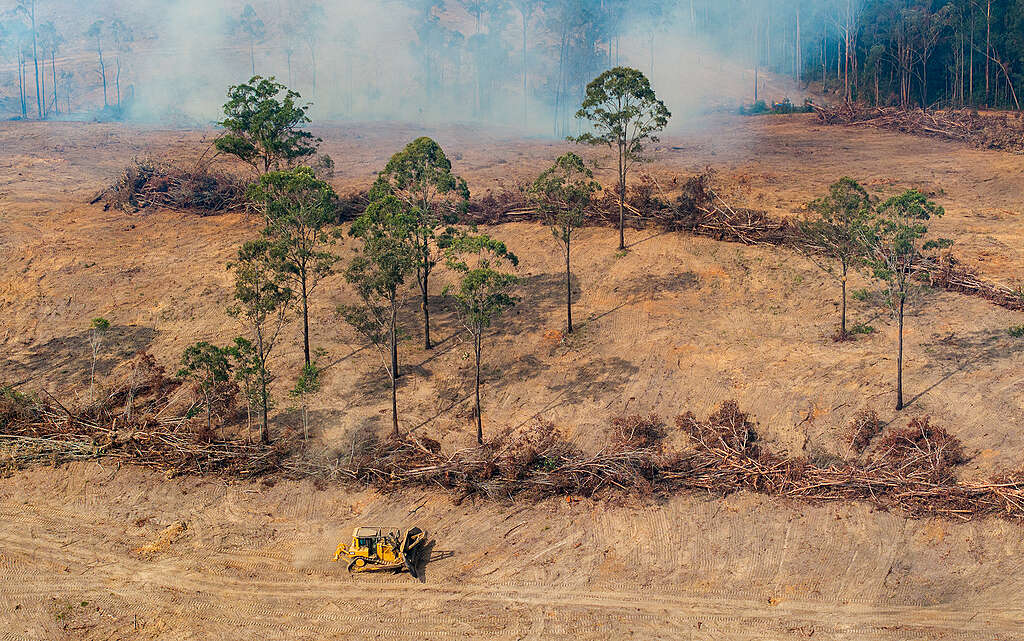
The Forestry Exemption
A particularly egregious loophole is the blanket exemption granted to logging under Regional Forest Agreements (RFAs). These agreements allow native forest logging to proceed without federal oversight, even when critical habitats or threatened species are directly affected. This loophole has left entire ecosystems vulnerable to destruction without proper scrutiny or accountability.
Why It Matters: The Future of Australia’s Wildlife
The EPBC Act, in its current form, is a law with no teeth. The beef and native forest logging industries are given free rein to destroy critical habitats with little to no oversight, leaving species like the koala and greater glider at increasing risk of extinction. Australia cannot afford to wait any longer. We need bold reforms that close these loopholes and ensure an end to deforestation.
The koala’s future, already in rapid decline, is on the line.
It does actually make me wonder if I’m still on this earth in 20 or 30 years whether I will look back at this… and think I was here to see the last of Queensland’s koalas.
– Tim Portas, RSPCA Queensland Vet
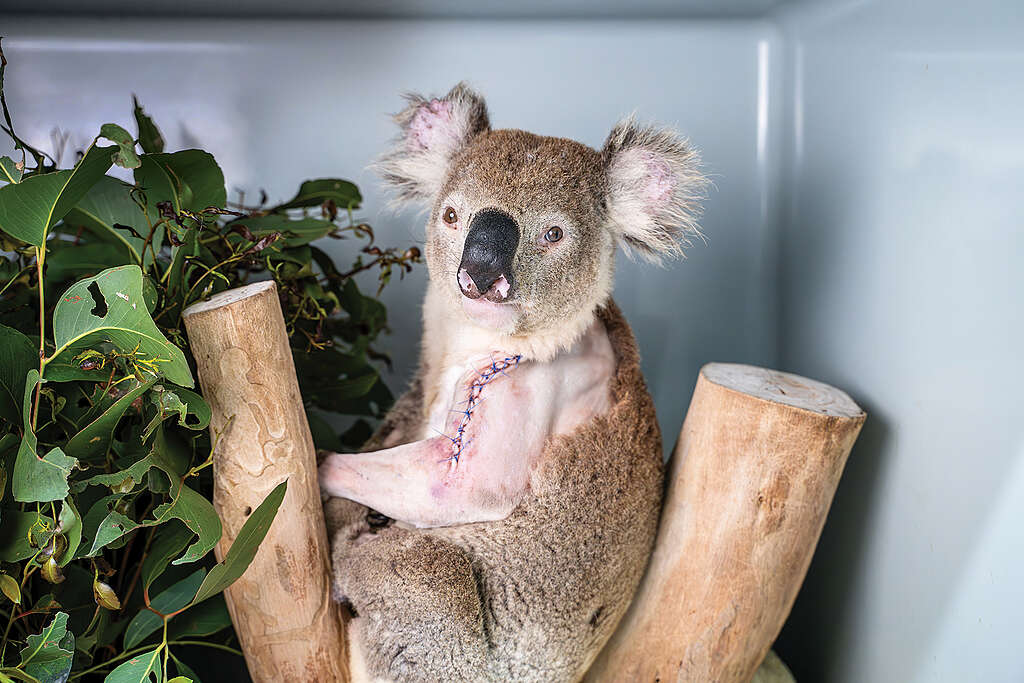
We must demand an EPBC Act that truly protects Australia’s unique environment.
This requires:
- Creating an independent environment watchdog with teeth to crack down on deforestation
- Removing the loopholes that exempt agricultural and native forest logging industries from regulation
- Establishing a national deforestation monitoring system to properly account, detect and act on deforestation
Australia’s environment cannot afford to wait. The time to close these loopholes and strengthen the EPBC Act is now. If we don’t act, we risk losing some of the world’s most unique species—and irreplaceable ecosystems—forever.









